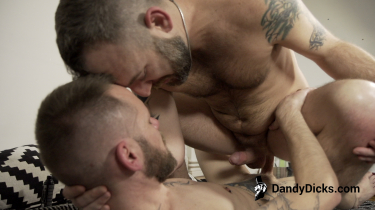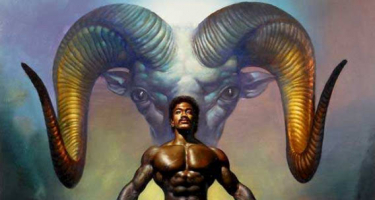Apr 04, 2016
“Depends on if you’re attracted to this.” - Interview with Parisian art photographer Fennec Jackal

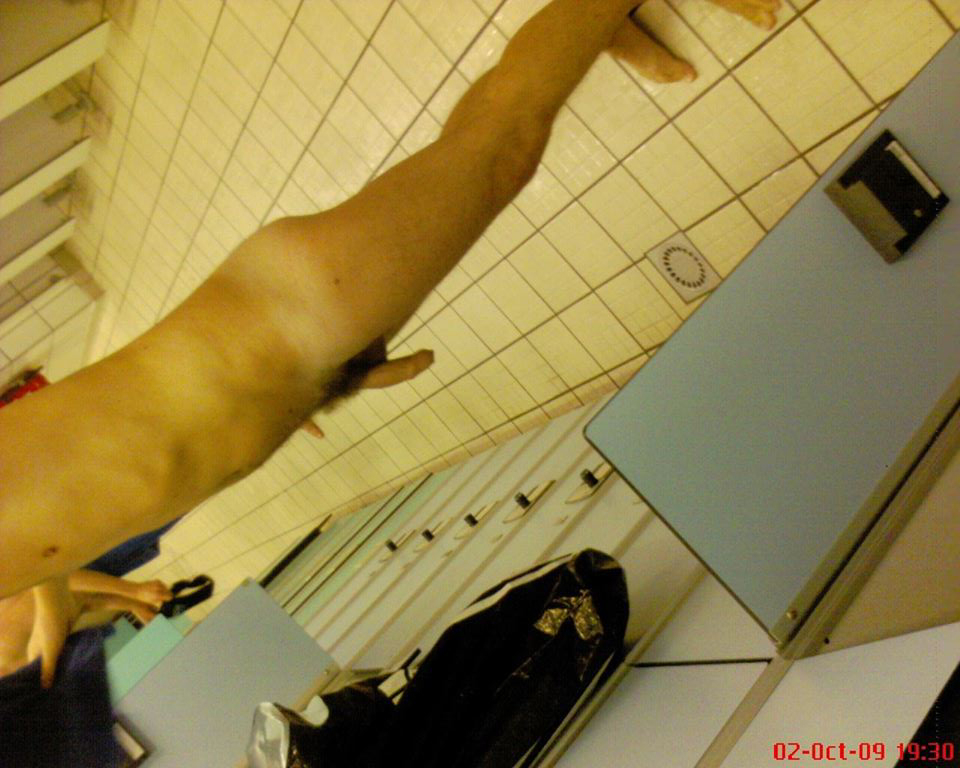
Startling, hilarious, occasionally erotic and almost always cryptic, the photography of Fennec Jackal functions like a crowbar, breaking open a treasure trove of countless incomprehensible and explicitly human lives. A soupçon of the paparazzo, mixed with a dash of the street-style blogger gone AWOL, a sprinkling of the voyeur and a pinch of the prankster make up this mystifying record of lovers and strangers, hurled together in an analog blur, by the artist’s halcyon touch.
It’s impossible for me to look at these photographs without my mind spiraling into a soap opera of animated curiosity. Who are these people? And what on earth are they doing?
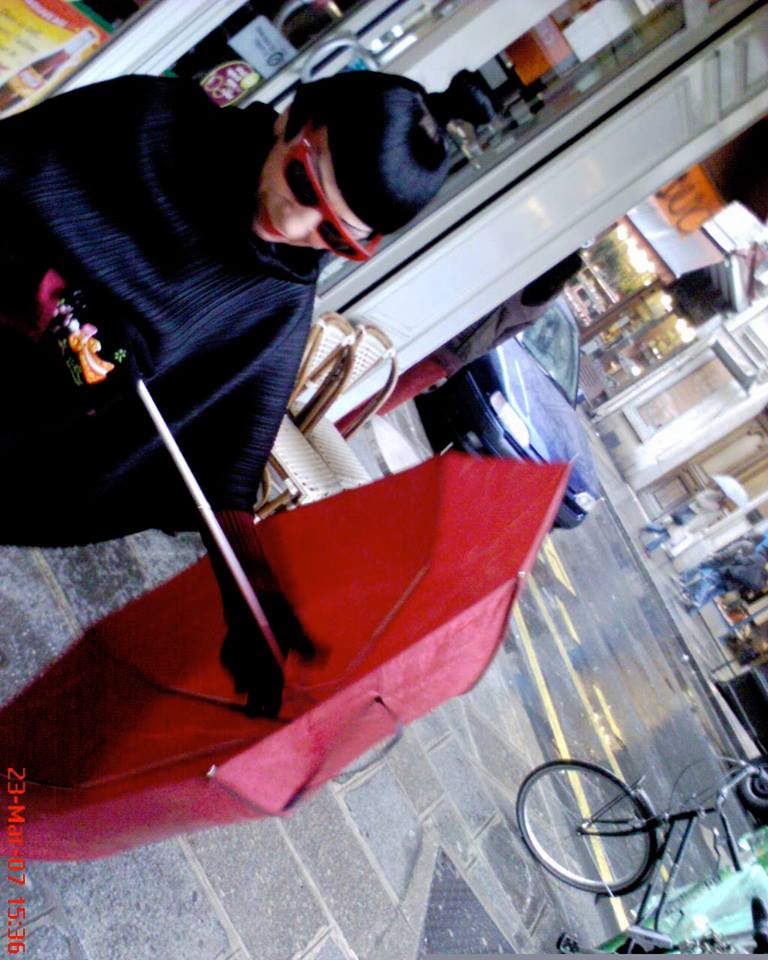
I can barely believe that the images are not staged, but the naive reveries of the subjects, and their unfakeable nonchalance (even in the face of the most ridiculous of scenarios) prove them to be exactly what they seem. That is a mass of vibrant, scurrying images snatched delicately, by the most dexterous, mischievous, and quick witted of photographers.
They emerge like a schizophrenic stash of secret snaps one might find, forgotten down the back of a sofa inherited from a long since departed, permanently intoxicated It Girl. Some such works are exhibited throughout, for your consideration.

Who or what are the reference points for your photography?
Between 2007 and 2011, I kept a “visual diary” of people whom I photographed surreptitiously in the street and in other public spaces. I was taking all of this with a cheap mobile phone. I was not especially interested in street photography, though. Those pictures were shot without checking focus field or even seeing anything because I was pretending to be on the phone. Everything was kind of instinctual – some time before I had read the San Francisco based review Re-Search, dedicated to pranks in contemporary art. I think I was more interested by that idea, rather than approaching the pictures as a “proper” photographer. When I switched to analog photography, things got a lot more technical because I started to work with artificial light, but as I use mostly toy cameras, chance still plays an important role in the process. In that respect, movements like surrealism, fluxus or punk probably made a great impression on me in their approaches. However, I could also name photographers who are quite different and unrelated to each other – I think that all that mixes with music, cinema, literature, performance…

The lo-fi technique you use to capture your subjects really saturates your images with something that feels like memory. Is time something which you as a photographer are aware of?
For the “street photography” project, the exact date and hour of the shots appeared on the corner of most pictures and it is indeed related to memory. In big cities, part of what is considered as “reality” works exactly like dreams; within a few days you tend to forget most people you came across, no matter how striking they are. With my visual diary project, I have thousands of pictures of people who crossed my path for a few seconds, and it’s extremely strange to be able to look at them now, to think that they don’t even know they were being photographed. It’s like a fleeting moment that would have been frozen and which should not really exist. As for my analog pictures, I believe this feeling has to do with the fact that analog is an emulsion and that very often pictures come through as a lot more “graphic”, with figures closer to what you would get in drawings than with numeric photography, that gives something closer to what you see in cinema. I also like to think that it has to do with the fact that when you take a picture with an analog camera, the light goes on the subject and then ends on the film so that you have something of the subject really inhabiting the film and therefore the picture. Also, I often use high ISO, so maybe that plays a bit.
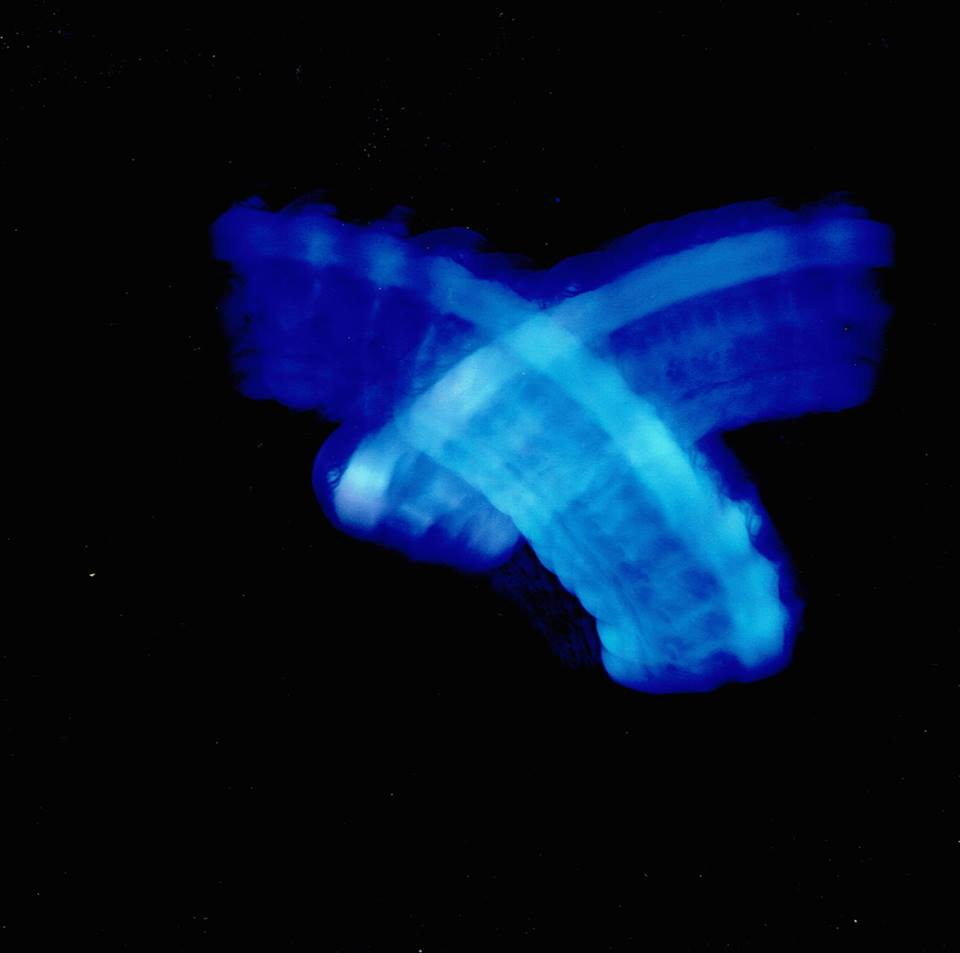
How does one develop an eye for what makes a good shot?
With your eyes, with your hands, with a lot of practice and any subject. What’s important for me, when I take a picture, is affect and intensity (the situation, the place, the model). Art critic Rosalind Krauss speaks about the visual unconscious in one of her essays – I think experience leads to some kind of mechanical or instinctual technical skills and to a quick almost unconscious visual appreciation.

Are there ever times you think, “No, that's off limits"? Or is everything fair game for a photographer?
Well, that’s an interesting question as France is renowned for its droit à l’image, a very strict law that prevents you to use the image of anybody without their permission. Well, it’s a lot more complex than that, or Cartier-Bresson and many others would have never created their oeuvre. Personally, I never thought anything was off limits when I was making my visual diary, but that was only exhibited in Berlin. And the show consisted of 500 pictures in relatively small format in order to gives an impression of number, a bit like when you’re walking in a crowded street, rather than focusing in details on a few subjects. I think in every field there is are general rules, but these have been proven wrong by lots of exceptions. I don’t feel like a censor. Everything depends on the context, who is behind the camera and who is holding it.

Does Paris still have something special to offer to the photographer's lens – and by extension, the world?
Any place has something to offer. Paris was a great place for my visual diary, for instance, because the infrastructure is very narrow so even if you’re very close to someone, it doesn’t seem so odd. I tried to do the same thing in Berlin or even in London, and people really felt something strange was going on – there’s so much space, it immediately looks peculiar if someone gets too close. Anyway, wherever you go, it’s not only the backdrop that is different – it’s mostly the people. In Berlin, for instance, I find people are a lot more extraverted, more physical, whereas in Paris people are more introverted – things often take place on more psychic and textual levels. Depends if you’re attracted to this.
by La JohnJoseph
